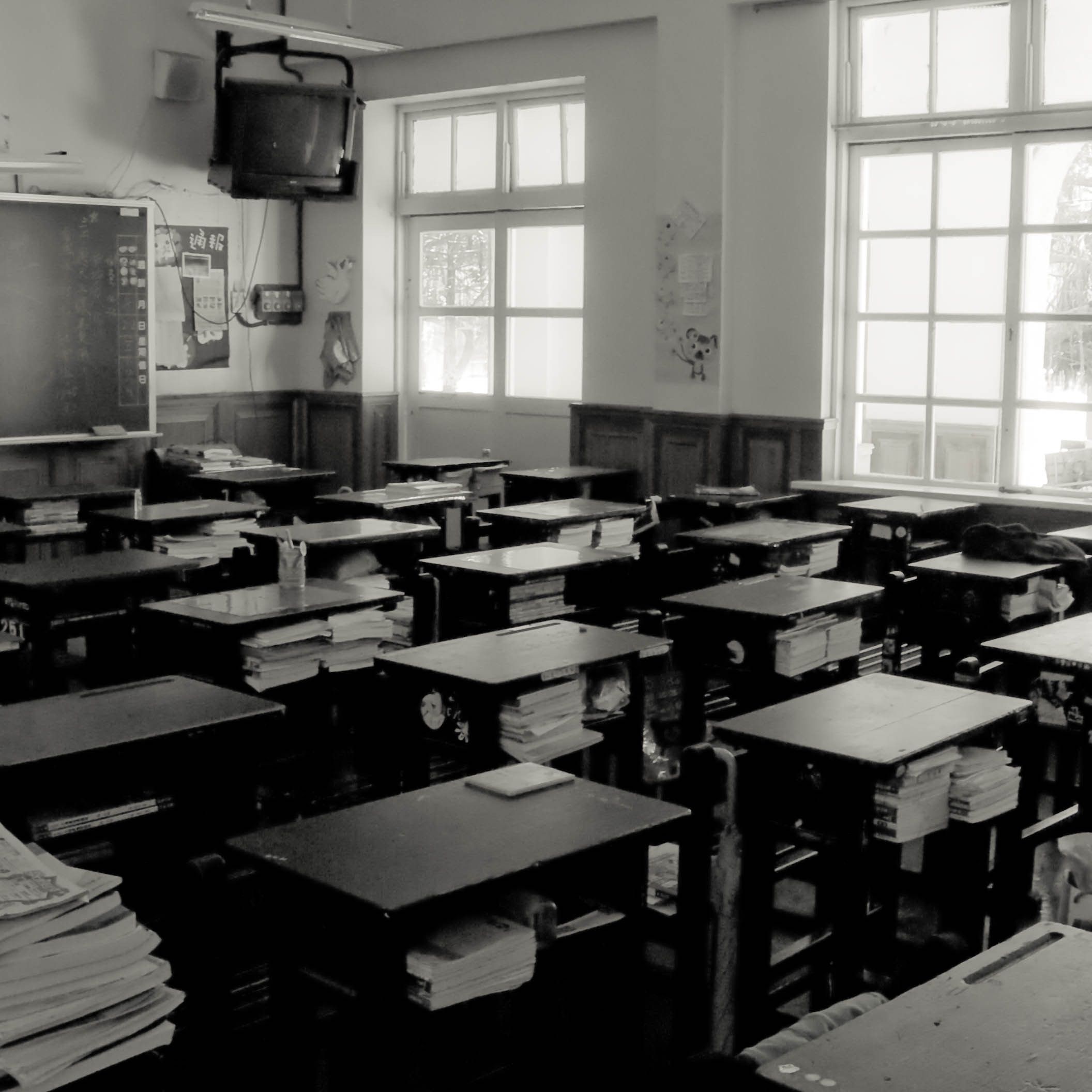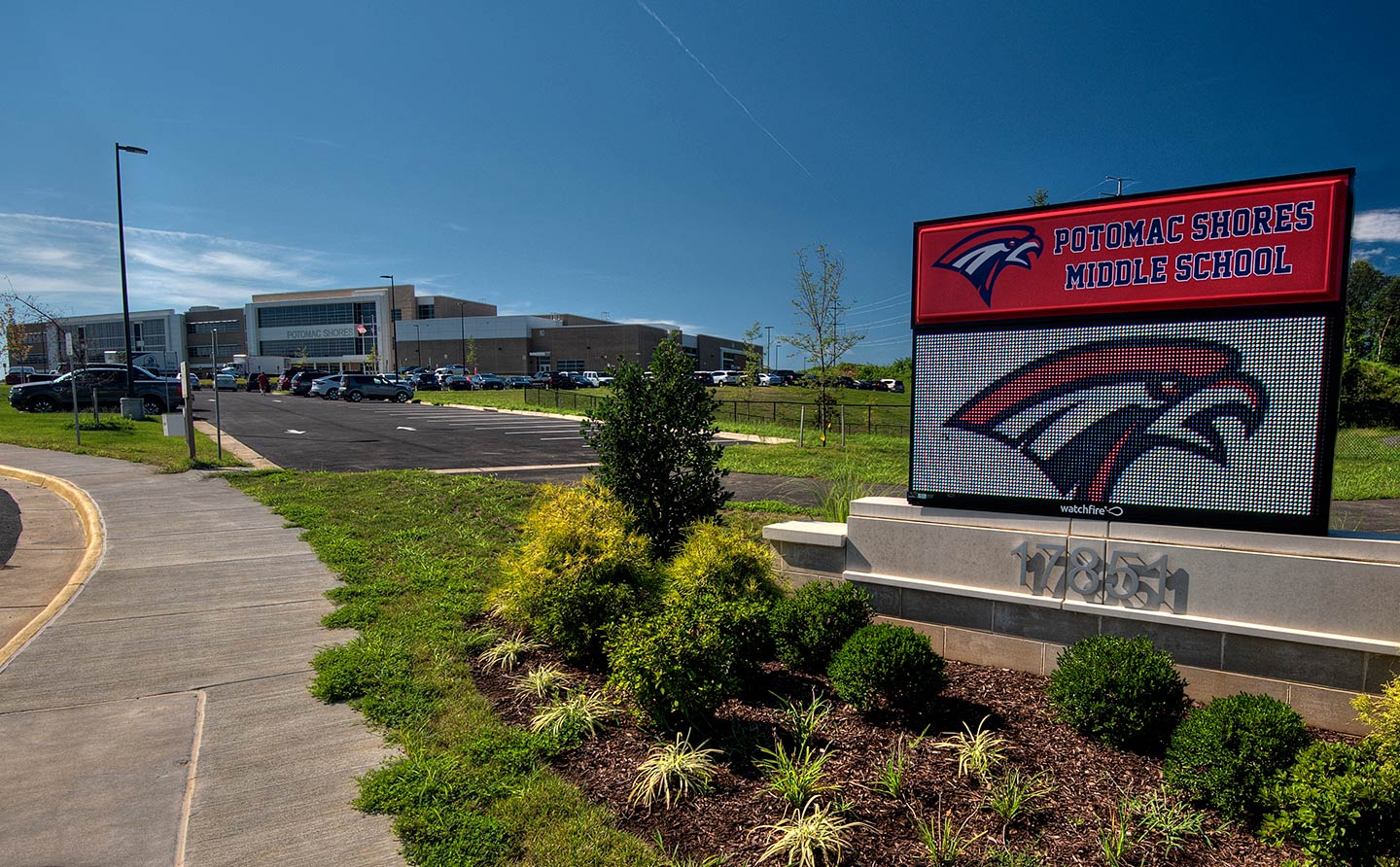Few Va. universities have studied food insecurity among students, though 80% say it’s an issue
by Nathaniel Cline, Virginia Mercury
Most of Virginia’s public universities and colleges are aware of student food insecurity at their institutions, according to a November survey conducted by the State Council of Higher Education for Virginia. 80% labeled on-campus food insecurity as a “somewhat” or “very problematic issue.
The total number of college students experiencing food insecurity is unclear because not all public colleges and universities are tracking the issue, and the economic and social stigma associated with food insecurity has prevented students from asking for help.
A total of 35 of 39 institutions completed the survey, representing 343,797 students.
According to SCHEV, the coordinating body for the state’s colleges and universities, eight institutions said they had researched food insecurity affecting their students, while 19 had not and eight did not know or preferred not to say.
Most schools estimated between 25% to 49% of their students faced food insecurities, and another third estimated between 1% and 24%. “Most of these estimates (53%) were based partly on estimates or best guesses, and partly on data collected, monitored or maintained by the institution and/or other organization(s),” SCHEV reported.
Del. Rae Cousins, D-Richmond, who carried the successful legislation directing the council to survey each public institution of higher education to identify how they address food insecurity, said she was pleased to see the report confirm her observations. She hopes to receive student input as lawmakers consider the recommendations and potential legislative solutions to prevent students from going hungry.
“I sympathize with these kids because I know how important food and nourishment has been to me, how important it is to my daughter — who’s three years old— and so whatever I can do to ensure that people are getting the nutrition that they need, especially our kids and our students … while they’re in school, I’m just all in for it,” said Cousins.
In January 2022, the federal government made it possible for colleges and universities to pinpoint how many students were in need after it permitted institutions to use financial aid or FAFSA data to determine the SNAP eligibility of students, the study states.
In Virginia, 26% of institutions have not used the data and the remaining 34% did not respond if they had. SNAP, also referred to as the Supplemental Nutrition Assistance Program, is a government initiative that provides monthly food benefits to low-income people and families.
SCHEV also found that private donations are the most frequently mentioned source of funding to address food insecurity at colleges and universities.
The report indicated that federal grants and state general fund dollars are rarely obtained. Some institutions use student emergency funds permitted under the 2024-26 biennial budget to address food insecurity.
In its report, SCHEV recommended that institutions normalize asking for and accepting government help, involve students in developing and implementing campus services, and leverage existing legislation and funding to grow on-campus support programs.
The report also recommends policymakers increase state support for direct partnerships between public institutions of higher education and the Department of Social Services, and invest in expanding access to tested, effective services for students across institutions.
In addition, SCHEV advised policymakers to work with federal partners and legislators to increase state flexibility for SNAP.
(Virginia Mercury is part of States Newsroom, a nonprofit news network supported by grants and a coalition of donors as a 501c(3) public charity. Virginia Mercury maintains editorial independence. Contact Editor Samantha Willis for questions: info@virginiamercury.com. Follow Virginia Mercury on Facebook and X.)


